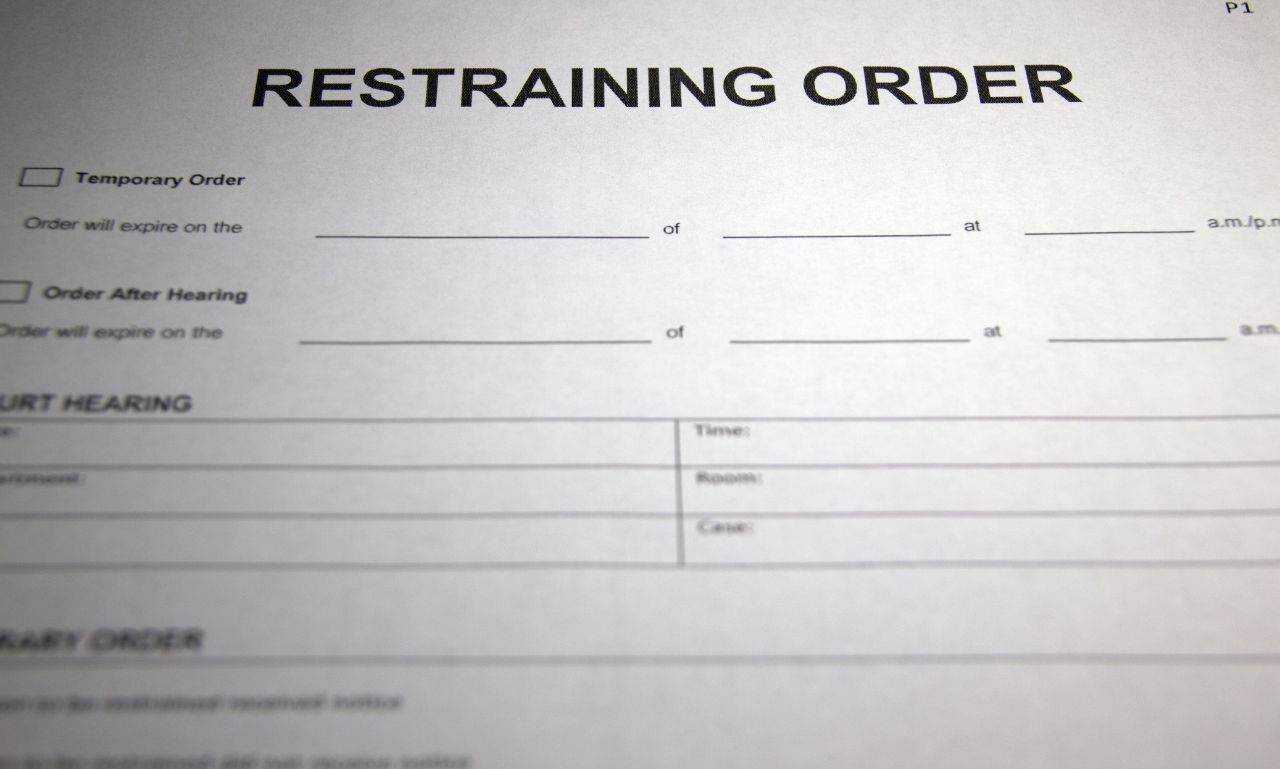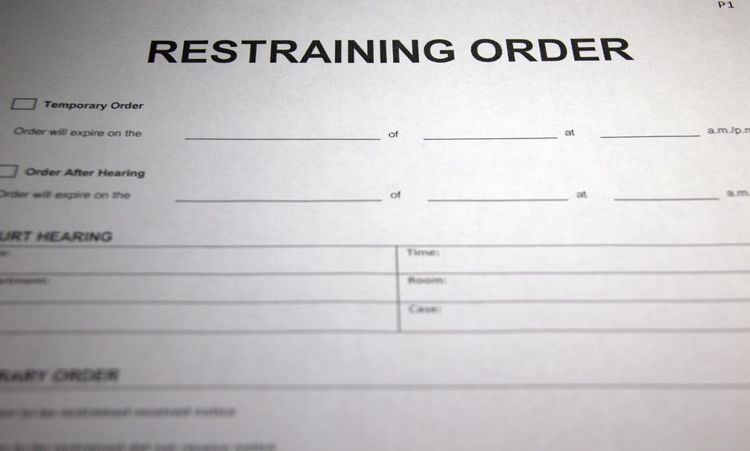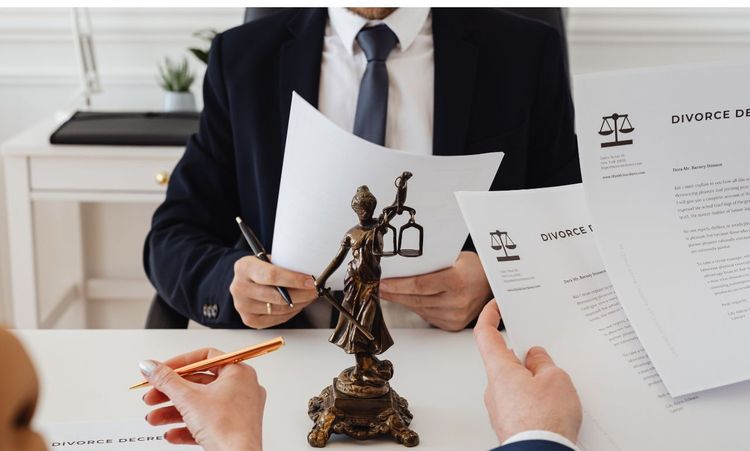Are you dealing with a situation where you need protection from someone causing you harm? Getting a Protection From Abuse (PFA) order might be your next step, but knowing what evidence you need can make all the difference between approval and denial.
Whether you are seeking to protect yourself or your loved ones from abuse, understanding what evidence is necessary to obtain a PFA is crucial. The process involves gathering evidence that proves abuse or threats of harm. Let's dive deeper into the types of evidence critical in securing this order.
What Is a PFA Order?

A Protection From Abuse order (sometimes called a restraining order in some states) is a court-issued document designed to protect victims of domestic violence, abuse, harassment, or stalking. It legally restricts an abuser from contacting, approaching, or harming the person who filed for protection.
PFA orders aren't just pieces of paper—they're powerful legal tools that can:
- Force an abuser to leave a shared home
- Prevent an abuser from contacting you via phone, text, email, or social media
- Grant temporary custody of children
- Require the abuser to surrender firearms
- Protect your pets or service animals
- Establish consequences if the order is violated
Most importantly, a PFA creates an official record of abuse, which can be crucial if the situation escalates or you need future protection.
What Evidence Do You Need to Obtain a PFA?
The court requires you to prove that abuse has occurred and that you're at risk of future harm. This is where solid evidence becomes essential.
While the burden of proof for a PFA is lower than in criminal cases (typically a "preponderance of evidence" standard rather than "beyond reasonable doubt"), you still need compelling documentation to support your case.
Your Testimony
Your account of what happened carries significant weight. When I was helping my sister-in-law with her PFA application, I remember how nervous she was about speaking in court. But her detailed, consistent testimony about the pattern of threatening behavior made a powerful impression on the judge.
When preparing your testimony:
- Be specific about dates, times, and locations of incidents
- Describe exactly what happened using clear, descriptive language
- Explain why you fear future abuse
- Stay focused on relevant facts (the judge doesn't need your entire relationship history)
- Be honest—exaggerations can undermine your credibility
Remember that your firsthand account is evidence. Many abuse victims don't realize that their testimony often provides the foundation for a successful PFA.
Witness Testimony
Anyone who witnessed the abuse or its aftermath can provide valuable supporting testimony. This might include:
- Family members who saw or heard abusive incidents
- Friends who observed concerning behavior
- Neighbors who heard arguments or fighting
- Co-workers who saw injuries or distress
- Counselors or therapists (with appropriate releases)
Text Messages, Emails, and Social Media Evidence
Digital evidence has become increasingly crucial in PFA cases. Courts take threatening or harassing messages very seriously.
To effectively use electronic communications as evidence:
- Take screenshots of threatening texts, emails, or direct messages
- Save abusive voicemails
- Print copies of social media posts
- Document the frequency of unwanted contact attempts
- Preserve evidence of any fake accounts created to monitor or contact you
Make sure to organize these communications chronologically and bring multiple copies to court. I recently helped a client create a binder with tabs for each month of harassing messages she'd received, which made it much easier for the judge to see the pattern of behavior.
Medical Records and Photos of Injuries
Physical evidence of injuries provides powerful documentation of abuse:
- Medical records from hospital or doctor visits
- Photographs of bruises, cuts, or other injuries (with timestamps)
- Before and after photos showing the healing progression
- Records of prescriptions related to injuries
- Mental health treatment records related to trauma
Police Reports and 911 Call Records
Law enforcement documentation carries substantial weight in court:
- Police reports filed after incidents
- Records of 911 calls
- Arrest records related to domestic incidents
- Citations or charges filed against the abuser
- Body camera footage (if available)
Evidence of Stalking or Harassment
Stalking and harassment can warrant a PFA even without physical violence:
- Logs of drive-bys or unwanted appearances
- Security camera footage
- Evidence of tracking devices
- Unwanted gifts or items left at your home or workplace
- Witness accounts of the person following you
Who Can Apply for a PFA?
Protection From Abuse orders aren't available to everyone—you generally need to have a specific relationship with the person you're seeking protection from:
- Current or former spouses
- Current or former intimate partners
- Family members related by blood or marriage
- Parents and their children
- Current or former dating partners
- People who share children
The exact qualifying relationships vary by state, so check your local laws. In most cases, you can't get a PFA against a stranger or casual acquaintance—though other protective orders might be available.
What Are the Three Stages of a PFA?

The PFA process typically involves three distinct phases:
1. Temporary or Emergency PFA
This initial order provides immediate protection while waiting for a full hearing:
- Usually granted the same day you apply
- Typically lasts 10-21 days until the final hearing
- Often issued without the abuser present (ex parte)
- Provides temporary protection, including no-contact provisions
You'll file a petition to get a temporary PFA at your local courthouse or family court, explaining why you need immediate protection. A judge reviews your petition the same day and decides whether to grant temporary protection.
2. Service of Process
Before the final hearing, the abuser must receive legal notification:
- The temporary order and hearing notice must be delivered to the abuser
- Usually handled by law enforcement or a process server
- Creates official documentation that the abuser knows about the order
- Violation of the order after service can result in criminal charges
Once the abuser has been served, the temporary protections take full effect, and violations can lead to arrest.
3. Final PFA Hearing
The final hearing determines whether you'll receive long-term protection:
- Both parties appear before a judge
- Each side presents evidence and testimony
- The judge decides whether to grant a final PFA
- Final orders typically last 1-3 years (varies by state)
- Can be extended or made permanent in some circumstances
If the abuser doesn't show up to the hearing, the judge may issue a default judgment granting the final PFA.
Why Would a PFA Be Denied?
Understanding the common reasons PFA requests get denied can help you prepare a stronger case:
- Insufficient evidence of abuse or threat of abuse
- The relationship doesn't qualify under your state's PFA law
- Incidents occurred too long ago (lack of immediacy)
- Inconsistencies in testimony or evidence
- Credibility issues with witnesses
- Failure to meet the burden of proof
I've seen cases where PFAs were initially denied because the applicant didn't bring supporting evidence to court, even though it existed. Don't assume the judge will understand the danger without documentation—get everything you have.
How Do You Get Around a PFA?
This is a question I sometimes hear, but the answer is simple: you don't. If someone has a PFA against you, the only legal approach is to:
- Respect the order completely
- Have no contact whatsoever with the protected person
- Work through the legal system if you believe the order is unjustified
- Attend any required counseling or treatment programs
- Focus on improving yourself
Attempting to circumvent a PFA by using friends as messengers, creating fake social media accounts, or "accidentally" appearing where the protected person works or lives can result in criminal charges, including potential jail time.
Getting Help With Your PFA Case
The PFA process can feel overwhelming, but you don't have to navigate it alone:
- Domestic violence advocates can guide you through the process
- Legal aid organizations often provide free representation
- Many courthouses have victim services to help with paperwork
- Family law attorneys can provide representation for complex cases
- Domestic violence hotlines offer 24/7 guidance
Protecting Your Children Through a PFA

If you have children with your abuser, a PFA can include provisions for their protection:
- Temporary custody arrangements
- Supervised visitation requirements
- Child support provisions
- Restrictions on removing children from the state
- Protection from being used as messengers between parties
Be prepared to address how the abuse has affected your children, as judges prioritize their safety and well-being.
Conclusion
Gathering strong evidence for your PFA is about creating a clear picture for the judge. Don't assume they'll automatically understand your situation—you must show them why protection is necessary.
Remember that the most compelling PFA cases usually include multiple types of evidence that work together to demonstrate a pattern of abuse or threat. One text message might not be enough, but combined with your testimony, photos of injuries, and a police report, it builds a comprehensive case.
If you're considering applying for a PFA, start documenting everything immediately. The sooner you begin collecting evidence, the stronger your case will be.




